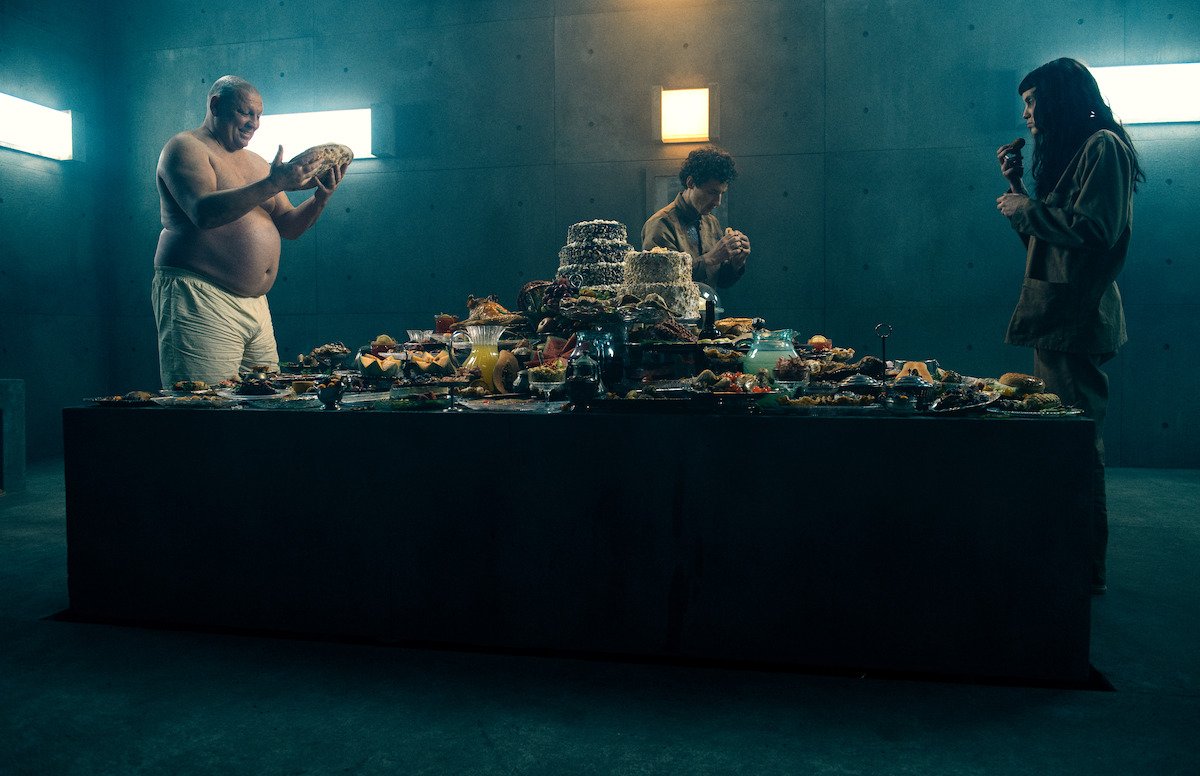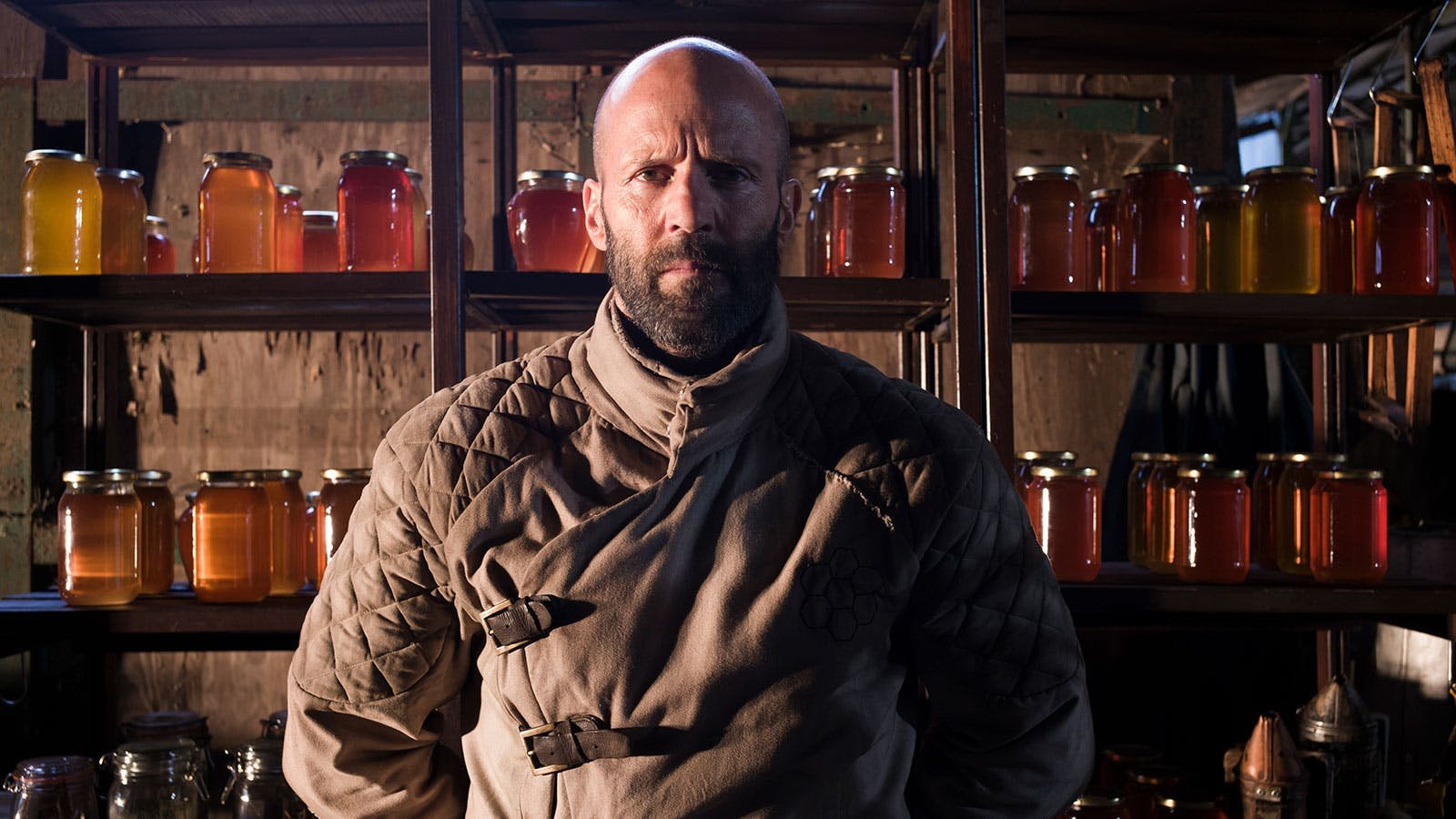Review: Color Out of Space (2019)
Has any author had as significant an impact upon a cinematic genre, as H.P. Lovecraft has had upon horror, without a direct adaptation of one of their works serving as a seminal entry? It’s easy to spot the impact of Lovecraft’s cosmic horror in many horror films of the last half century, from the brutal indifference of Ridley Scott’s titular Alien and John Carpenter’s terrifying adaptation of The Thing to the Necronomicon in Sam Raimi’s Evil Dead and the ancient evil in Guillermo del Toro’s Hellboy films. “Lovecraftian” is a term that can describe a great many horror films, referring to tentacular monsters, ancient and eldritch horrors, and the terrifying realization of humanity’s cosmic insignificance.
But direct adaptations of Lovecraft’s stories have been rare, and even more rarely successful on their own terms. Stuart Gordon’s Re-Animator is an enjoyable film, but it takes some serious liberties with the Lovecraft story it is based upon. The H.P. Lovecraft Historical Society’s short film of “The Call of Cthulhu” adapted the story as a black and white silent film, an interesting experiment, but as I noted in my review of the film, it’s hardly definitive, much less actually frightening.
And so, Richard Stanley’s Color Out of Space is notable if only for attempting to do a fairly straightforward adaptation of one of Lovecraft’s most inventive and memorable stories, though like Re-Animator before it, it strikes a broader tone than some horror films. The film is a longtime passion project for Stanley, who returns here to feature fiction filmmaking for the first time since removing himself from the notorious 1996 adaptation of The Island of Dr. Moreau and is clearly a fan of Lovecraft’s stories. Transposing the setting of Lovecraft’s short story from the 1880s to today, the film tells the story of Nathan Gardner (Nicolas Cage) and his family and their encounter with a mysterious specimen from the far reaches of space.
The film retains something of the short story’s framing narrative, introducing us to the eerie New England landscape with narration taken directly from Lovecraft and placed in the mouth of a young hydrologist named Ward Phillips (Eliot Knight), a recurring name in Lovecraft’s stories and often a stand in for the author himself (I should note that the film does something subtly subversive in casting a person of colour in the role of author’s alter ego, given Lovecraft’s own notorious racism). Upon his arrival in the area, Phillips encounters Gardner’s daughter, Lavinia (Madeleine Arthur), performing a Wiccan rite in the woods in hopes of curing her mother of the cancer that has brought the entire Gardner family from the city to Nathan’s father’s rural New England farmhouse for her convalescence. When a meteor lands one night soon after in their front yard, it begins to have a sinister and mysterious impact upon the landscape, wildlife, and the family itself, manifesting in strange behaviours, grotesque transformations, and in other sensory ways, including as smells and tastes.
The film was produced by SpectreVision, the horror production company founded in part by Elijah Wood, who serves as producer here. Color Out of Space fits comfortably alongside the production company’s other midnight horror movies, like Mandy, also starring Nicolas Cage, and features cult character actors like Tommy Chong. In the tradition of such films, Color Out of Space tonally fluctuates between dread and dark humour, something surely intentional and created in part through the performances of Cage and Chong.
The film contains plenty of jump scares, due to crashes, strange noises, and the appearance of horrific animals. It features grotesque character and animal transformations, which owe a great debt to the monster from the aforementioned Carpenter film, The Thing. It has Nicolas Cage, ranting and raving, slowly going mad, and even adopting a strangely Trump-like cadence as he becomes more and more deranged by his experiences. And it has characters performing self-mutilations and making unpredictable decisions, attributed to their loss of sanity from their encounter with the effects of the meteor. One of the themes of the story is the way that living amongst depravity or oddness can cause us to become inured or callous to its presence; surely, Nicolas Cage is as good as any actor today at making himself at home amongst such a backdrop.
One of the challenges of making a film of “The Colour Out of Space” is the ambiguity that the original story takes towards the threat itself. The short story constantly reminds the reader that such a thing is beyond our conception, even noting that “it was only by analogy that they called it a colour at all.” It’s rather an attempt to describe something indescribable. This certainly offers a challenge to any filmmaker who needs to visualize this. The titular “color” itself is in the film portrayed through bright lights, the presence of pinks and purples, tones not usually found in the natural wildlife of rural New England. As a work of visual effects, the film is fairly successful. It never feels cheap, even if it’s clearly indebted to the work of earlier films and not quite groundbreaking.
As enjoyable as Color Out of Space is for any fan of midnight movies and H.P. Lovecraft—complete with lots of references to things like the Miskatonic University on Ward’s t-shirt and aspiring-witch Lavinia’s copy of the Necronomicon—the biggest challenge facing the film is that the basic concept of portraying an encounter with something truly alien and its effect on human psychology and biology brings to mind a recent film that did it all with much more skill and less tonal variation or capitulation to genre expectations. That film is Alex Garland’s Annihilation. This comparison confirms my initial query into Lovecraft’s impact, and establishes that despite the paucity of direct adaptations, Lovecraft has already buried himself deep into the DNA of science fiction horror cinema. Like the Color Out of Space itself, Lovecraft reveals his impact in the tones and themes that lie at the very heart of the genre’s structures.
Color Out of Space (USA, 2019)
6 out of 10
Directed by Richard Stanley; written by Scarlett Amaris based on the short story by H.P. Lovecraft; screenplay by Richard Stanley; starring Nicolas Cage, Joely Richardson, Madeleine Arthur, Brendan Meyer, Eliot Knight, Q’Orianka Kilcher, Tommy Chong.



Osgood Perkins’ Longlegs is an inconsistent mishmash of The Silence of the Lambs and Cure.